Explore the Nvidia GeForce 20 Series GPUs, known for pioneering real-time ray tracing and AI-driven graphics. Discover their features, performance, and impact on gaming and professional workflows.
Table of Contents
Nvidia GeForce 20 Series GPUs: A Comprehensive Guide to RTX Graphics Cards
Nvidia GeForce 20 Series GPUs: A Comprehensive Guide to RTX Graphics Cards—a phrase synonymous with the groundbreaking shift in gaming and graphics technology. Launched in 2018, Nvidia’s GeForce 20 Series, also known as the RTX 20 Series, marked a significant leap from its predecessor, the GTX 10 Series, by introducing real-time ray tracing and AI-driven graphics enhancements. In this comprehensive guide, we will delve into the key features, specifications, performance benchmarks, and the impact of the Nvidia GeForce 20 Series GPUs: A Comprehensive Guide to RTX Graphics Cards on gaming and professional workflows.
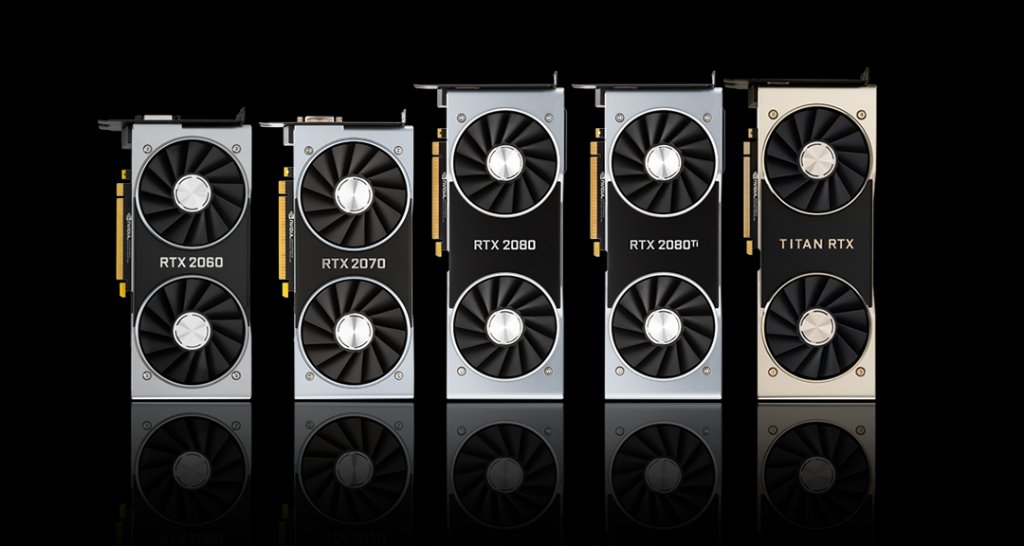
1. Introduction to Nvidia GeForce 20 Series GPUs
The Nvidia GeForce 20 Series GPUs: A Comprehensive Guide to RTX Graphics Cards were released starting in September 2018, and were the first graphics cards to feature Nvidia’s Turing architecture. This new architecture introduced real-time ray tracing and AI-powered DLSS (Deep Learning Super Sampling), which transformed the visual fidelity and performance capabilities of graphics cards. With a range of models from the entry-level RTX 2050 to the enthusiast-grade Titan RTX, the Nvidia GeForce 20 Series GPUs: A Comprehensive Guide to RTX Graphics Cards catered to various market segments, from mainstream gamers to high-end enthusiasts and professionals.
2. Key Features of Nvidia GeForce 20 Series GPUs
a. Turing Architecture
The Turing architecture is the foundation of the Nvidia GeForce 20 Series GPUs: A Comprehensive Guide to RTX Graphics Cards, offering a significant performance boost over the previous Pascal architecture. It features enhanced shader execution, new RT (Ray Tracing) cores, and Tensor cores designed to accelerate AI-driven tasks. The architecture also supports Variable Rate Shading, which optimizes GPU performance by adjusting the shading rate dynamically.
b. Ray Tracing Technology
One of the most talked-about features of Nvidia GeForce 20 Series GPUs: A Comprehensive Guide to RTX Graphics Cards is real-time ray tracing. Ray tracing simulates the physical behavior of light, providing more realistic lighting, reflections, and shadows in games. The Nvidia GeForce 20 Series GPU’s RT cores are specifically designed to handle these calculations, allowing games to achieve stunning visual effects that were previously impossible.
c. DLSS (Deep Learning Super Sampling)
DLSS is another revolutionary feature introduced with Nvidia GeForce 20 Series GPUs: A Comprehensive Guide to RTX Graphics Cards. It uses AI and machine learning to upscale lower-resolution images, providing higher frame rates while maintaining image quality. This technology is particularly useful for gamers who want to experience ray tracing without sacrificing performance.
d. GDDR6 Memory
Nvidia GeForce 20 Series GPUs: A Comprehensive Guide to RTX Graphics Cards come equipped with GDDR6 memory, which offers faster data transfer rates and improved power efficiency compared to the GDDR5 memory used in the GTX 10 Series. This advancement allows for better performance in high-resolution gaming and demanding applications.
3. Nvidia GeForce 20 Series GPU Lineup
The Nvidia GeForce 20 Series GPUs: A Comprehensive Guide to RTX Graphics Cards consists of several models, each targeting different performance levels and price points. Below is a detailed breakdown of the main models in this series:
Here’s a table summarizing the key details of each Nvidia GeForce 20 Series GPU model, including its tier, VRAM, and key features:
Table Comparison of NVIDIA GeForce RTX 20 Series
| GPU Model | Tier | VRAM | Key Features |
|---|---|---|---|
| GeForce RTX 2050 | Entry-level | 4GB | Basic ray tracing, entry-level gaming |
| GeForce RTX 2060 | Mid-range | 6GB | Ray tracing, DLSS, 1080p/1440p gaming |
| GeForce RTX 2060 (12GB) | Mid-range | 12GB | Enhanced VRAM for better performance, ray tracing |
| GeForce RTX 2060 Super | Mid-range | 8GB | Improved performance, ray tracing, DLSS |
| GeForce RTX 2070 | High-end | 8GB | Ray tracing, DLSS, 1440p gaming |
| GeForce RTX 2070 Super | High-end | 8GB | Higher performance, more CUDA cores, ray tracing |
| GeForce RTX 2080 | High-end | 8GB | Advanced ray tracing, 4K gaming, DLSS |
| GeForce RTX 2080 Super | High-end | 8GB | Higher clock speeds, enhanced ray tracing |
| GeForce RTX 2080 Ti | Enthusiast | 11GB | Flagship performance, best ray tracing, 4K gaming |
| Nvidia Titan RTX | Enthusiast | 24GB | Extreme performance, best for AI, deep learning, 4K+ gaming |
This table provides a quick reference to the Nvidia GeForce 20 Series GPUs, highlighting the differences in performance and capabilities across various models. It helps readers understand the options available within the Nvidia GeForce 20 Series GPUs: A Comprehensive Guide to RTX Graphics Cards.
a. Entry-Level: Nvidia GeForce RTX 2050
- GeForce RTX 2050: The RTX 2050, while less common, is designed as an entry-level option within the Nvidia GeForce 20 Series GPUs: A Comprehensive Guide to RTX Graphics Cards lineup. It offers basic ray tracing and AI-enhanced graphics capabilities suitable for casual gamers and users looking for an affordable entry into the RTX series.
b. Mid-Range: Nvidia GeForce RTX 2060, RTX 2060 (12GB), and RTX 2060 Super
- GeForce RTX 2060: The RTX 2060 is a popular mid-range option, balancing performance and price. With 6GB of GDDR6 memory, it is capable of handling most modern games at 1080p and 1440p resolutions with high settings, making it a favorite among mainstream gamers.
- GeForce RTX 2060 (12GB): This version offers double the memory of the standard RTX 2060, making it more suitable for memory-intensive applications and games. The increased VRAM helps improve performance in scenarios where larger textures and datasets are utilized.
- GeForce RTX 2060 Super: The RTX 2060 Super is an enhanced version of the RTX 2060, featuring more CUDA cores and 8GB of GDDR6 memory. This model offers better performance for gaming at 1440p and provides a noticeable improvement over the standard RTX 2060.
c. High-End: Nvidia GeForce RTX 2070, RTX 2070 Super, RTX 2080, and RTX 2080 Super
- GeForce RTX 2070: The RTX 2070 is positioned as a high-end GPU, delivering excellent performance for 1440p gaming and offering solid ray tracing capabilities. With 8GB of GDDR6 memory, it provides a smooth gaming experience in most modern titles.
- GeForce RTX 2070 Super: The RTX 2070 Super offers increased performance over the RTX 2070, thanks to additional CUDA cores and enhanced clock speeds. It is a great choice for gamers seeking high frame rates and enhanced visuals at higher resolutions.
- GeForce RTX 2080: As one of the initial high-end models in the Nvidia GeForce 20 Series GPUs: A Comprehensive Guide to RTX Graphics Cards, the RTX 2080 features 8GB of GDDR6 memory and improved RT and Tensor cores. It provides excellent performance for 4K gaming and demanding applications, making it suitable for enthusiasts.
- GeForce RTX 2080 Super: The RTX 2080 Super builds upon the RTX 2080 by offering even higher clock speeds and more CUDA cores. This model is designed to push the limits of gaming performance, particularly in ray-traced games and high-resolution scenarios.
d. Enthusiast: Nvidia GeForce RTX 2080 Ti and Titan RTX
- GeForce RTX 2080 Ti: The RTX 2080 Ti is the flagship model of the Nvidia GeForce 20 Series GPUs: A Comprehensive Guide to RTX Graphics Cards, offering the highest level of performance in the series. With 11GB of GDDR6 memory and more RT and Tensor cores than any other model, the RTX 2080 Ti is designed for gamers and professionals who demand the best. It can handle 4K gaming with ray tracing enabled and is also suitable for tasks such as video editing, 3D rendering, and AI research.
- Nvidia Titan RTX: The Titan RTX, often considered part of the Nvidia GeForce 20 Series GPUs: A Comprehensive Guide to RTX Graphics Cards lineup, is aimed at enthusiasts and professionals. With a massive 24GB of GDDR6 memory, it is the ultimate GPU for tasks that require extensive computational power, such as deep learning, AI research, and complex simulations. The Titan RTX also delivers exceptional gaming performance, making it a versatile choice for those who need top-tier capabilities across various workloads.
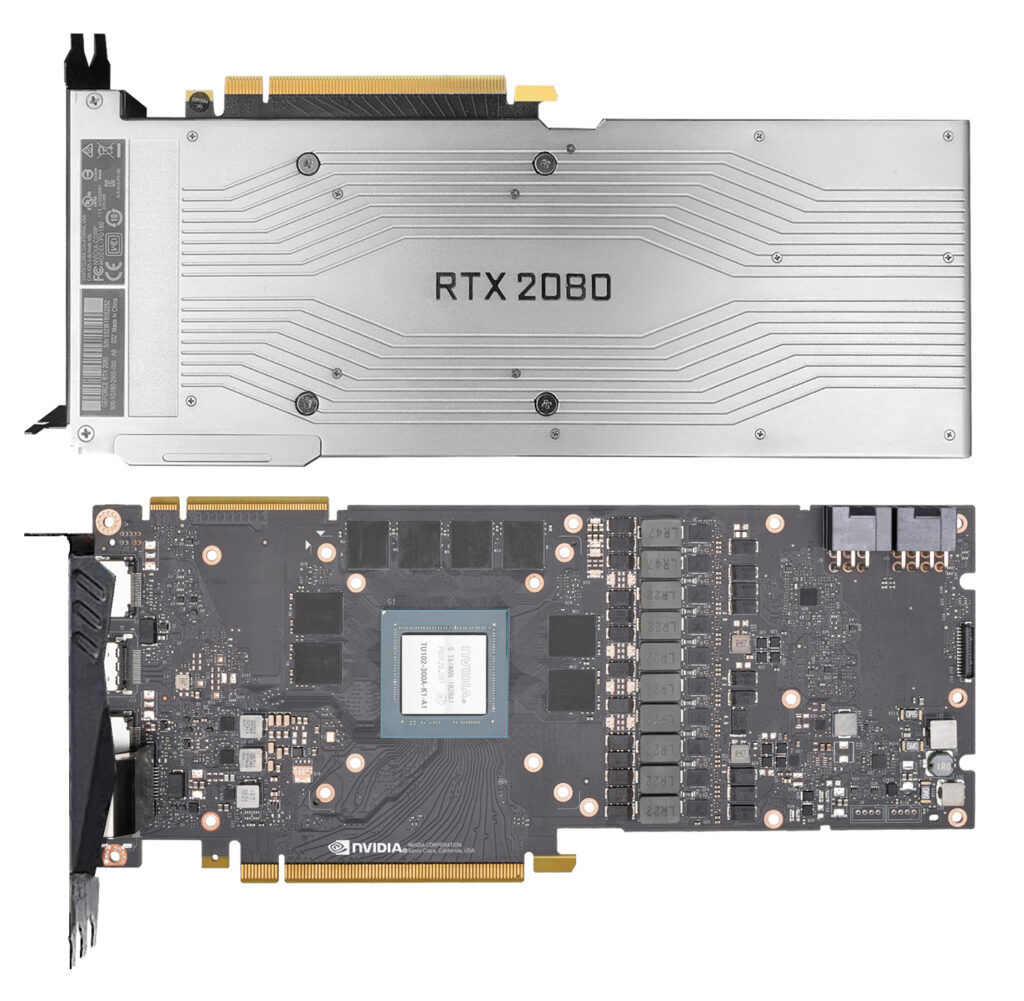
4. Performance and Benchmarks
The performance of Nvidia GeForce 20 Series GPUs: A Comprehensive Guide to RTX Graphics Cards varies depending on the model and the specific game or application being used. However, all models offer significant improvements over their predecessors in the GTX 10 Series, particularly in ray-traced games and applications that utilize DLSS.
a. Gaming Performance
In gaming, the Nvidia GeForce 20 Series GPUs: A Comprehensive Guide to RTX Graphics Cards shine, especially in titles that support ray tracing and DLSS. The RTX 2050 and RTX 2060 can comfortably handle most games at 1080p with high settings, while the RTX 2060 Super and RTX 2070 are ideal for 1440p gaming. The RTX 2080, RTX 2080 Super, and RTX 2080 Ti take things a step further, providing excellent performance at 4K resolution with ray tracing enabled.
b. Ray Tracing Performance
Ray tracing is a demanding task, but Nvidia GeForce 20 Series GPUs: A Comprehensive Guide to RTX Graphics Cards are designed to handle it efficiently. The RTX 2060 and RTX 2060 Super can manage ray tracing at 1080p and 1440p, but for a smooth experience at 1440p or higher, the RTX 2070 Super or above is recommended. The RTX 2080 Ti and Titan RTX, with their additional RT cores, offer the best ray tracing performance in the series.
c. DLSS Performance
DLSS allows Nvidia GeForce 20 Series GPUs: A Comprehensive Guide to RTX Graphics Cards to achieve higher frame rates without sacrificing image quality. In supported games, enabling DLSS can result in a significant performance boost, making it possible to enjoy ray tracing effects even on lower-end models like the RTX 2060. Higher-end models, such as the RTX 2080 Ti and Titan RTX, benefit even more from DLSS, providing smooth gameplay at high resolutions.
5. Nvidia GeForce 20 Series GPUs in Professional Workflows
While the Nvidia GeForce 20 Series GPUs: A Comprehensive Guide to RTX Graphics Cards are primarily aimed at gamers, they also offer benefits for professionals in fields such as video editing, 3D rendering, and AI research. The Turing architecture’s enhanced CUDA cores, along with RT and Tensor cores, provide significant acceleration for tasks that can leverage GPU computing.
a. Video Editing and 3D Rendering
Nvidia GeForce 20 Series GPUs: A Comprehensive Guide to RTX Graphics Cards are well-suited for video editing and 3D rendering, thanks to their powerful CUDA cores and large amounts of VRAM. Applications such as Adobe Premiere Pro, DaVinci Resolve, and Autodesk Maya benefit from the improved performance and efficiency offered by these GPUs.
b. AI and Deep Learning
For AI and deep learning tasks, the Tensor cores in Nvidia GeForce 20 Series GPUs: A Comprehensive Guide to RTX Graphics Cards provide a considerable advantage. These cores accelerate matrix operations, which are critical in neural network training and inference. The Titan RTX, with its 24GB of GDDR6 memory and enhanced Tensor cores, is particularly well-suited for demanding AI workloads.
6. Should You Upgrade from Nvidia GeForce 20 Series GPUs?
For those wondering if it’s worth upgrading from the Nvidia GeForce 20 Series, it’s essential to consider the capabilities of the Nvidia GeForce 20 Series GPUs: A Comprehensive Guide to RTX Graphics Cards. While the 30 Series offers significant improvements in performance and features, the Nvidia GeForce 20 Series GPUs still hold their own in many scenarios, particularly for those who don’t require the absolute latest and greatest.
a. Performance Comparison
The Nvidia 30 Series GPUs, based on the Ampere architecture, offer better performance across the board compared to the Nvidia GeForce 20 Series GPUs: A Comprehensive Guide to RTX Graphics Cards. They feature more CUDA cores, faster memory, and improved ray tracing and DLSS capabilities. However, the Nvidia GeForce 20 Series GPUs are still capable of delivering excellent performance in most games and applications, making them a viable option for many users.
b. Value for Money
One of the key considerations when deciding whether to upgrade from the Nvidia GeForce 20 Series to the 30 Series is value for money. While the 30 Series offers better performance, it also comes with a higher price tag. For users who are satisfied with the performance of their Nvidia GeForce 20 Series GPUs: A Comprehensive Guide to RTX Graphics Cards, the cost of upgrading may not be justified.
c. Future-Proofing
Future-proofing is another factor to consider when evaluating the Nvidia GeForce 20 Series GPUs: A Comprehensive Guide to RTX Graphics Cards. While the 30 Series offers more advanced features and better support for future games and applications, the Nvidia GeForce 20 Series GPUs are still capable of handling most current and upcoming titles. For users who are content with their current setup, the Nvidia GeForce 20 Series GPUs can continue to provide a good gaming experience for years to come.
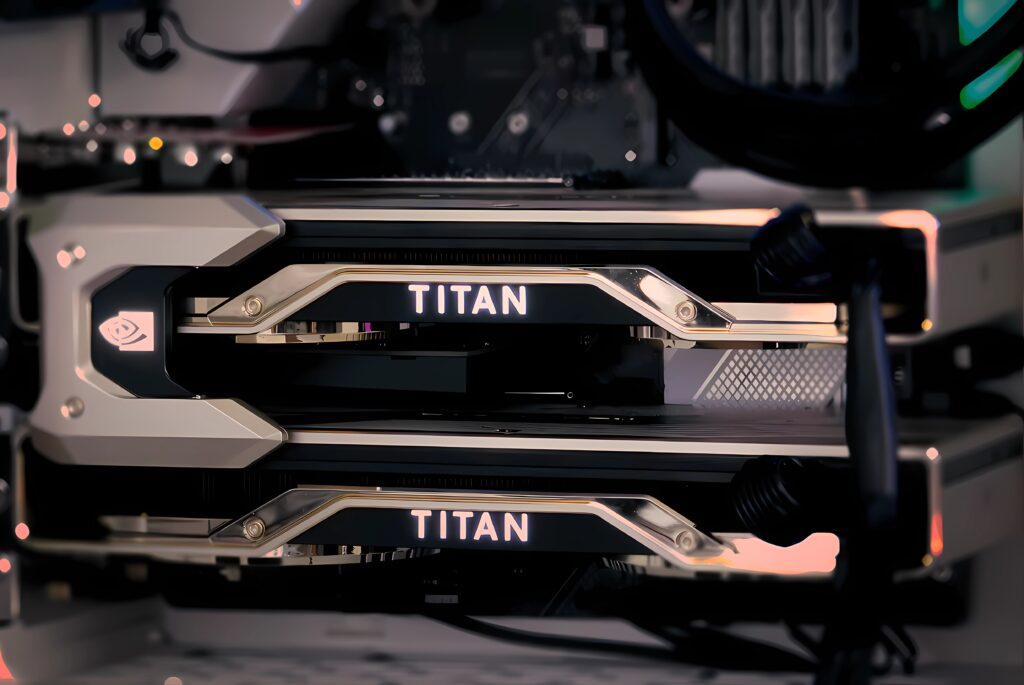
7. Conclusion: The Legacy of Nvidia GeForce 20 Series GPUs
Nvidia GeForce 20 Series GPUs: A Comprehensive Guide to RTX Graphics Cards highlights the significant impact these GPUs have had on the gaming and graphics industry. By introducing real-time ray tracing, AI-driven graphics enhancements, and the Turing architecture, Nvidia set a new standard for what gamers and professionals can expect from a graphics card.
While newer models like the Nvidia 30 Series offer improved performance and features, the Nvidia GeForce 20 Series GPUs: A Comprehensive Guide to RTX Graphics Cards remain a solid choice for many users. Whether you’re a gamer looking for a capable graphics card or a professional needing GPU acceleration for your work, the Nvidia GeForce 20 Series GPUs offer a range of options to meet your needs.

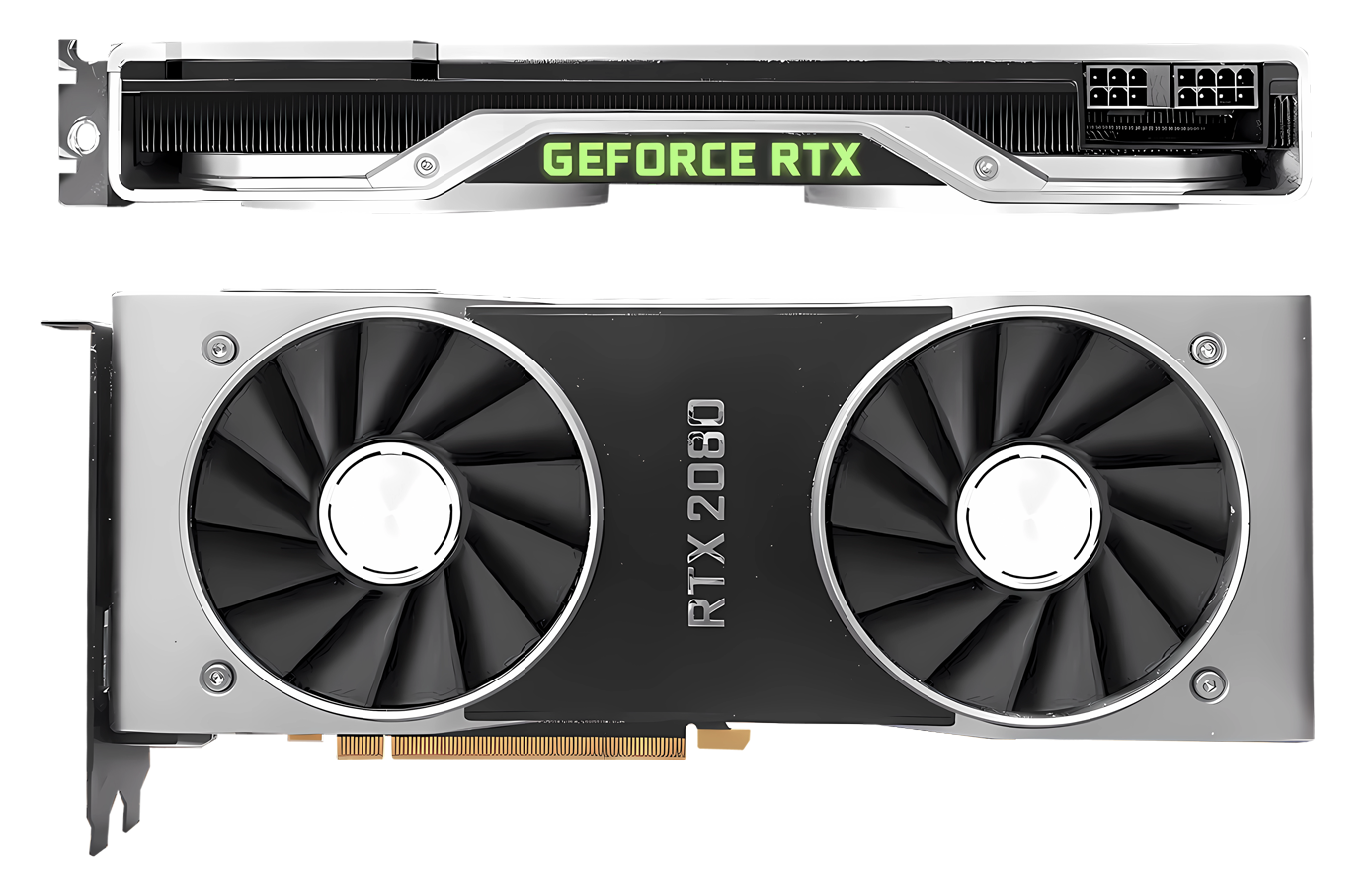
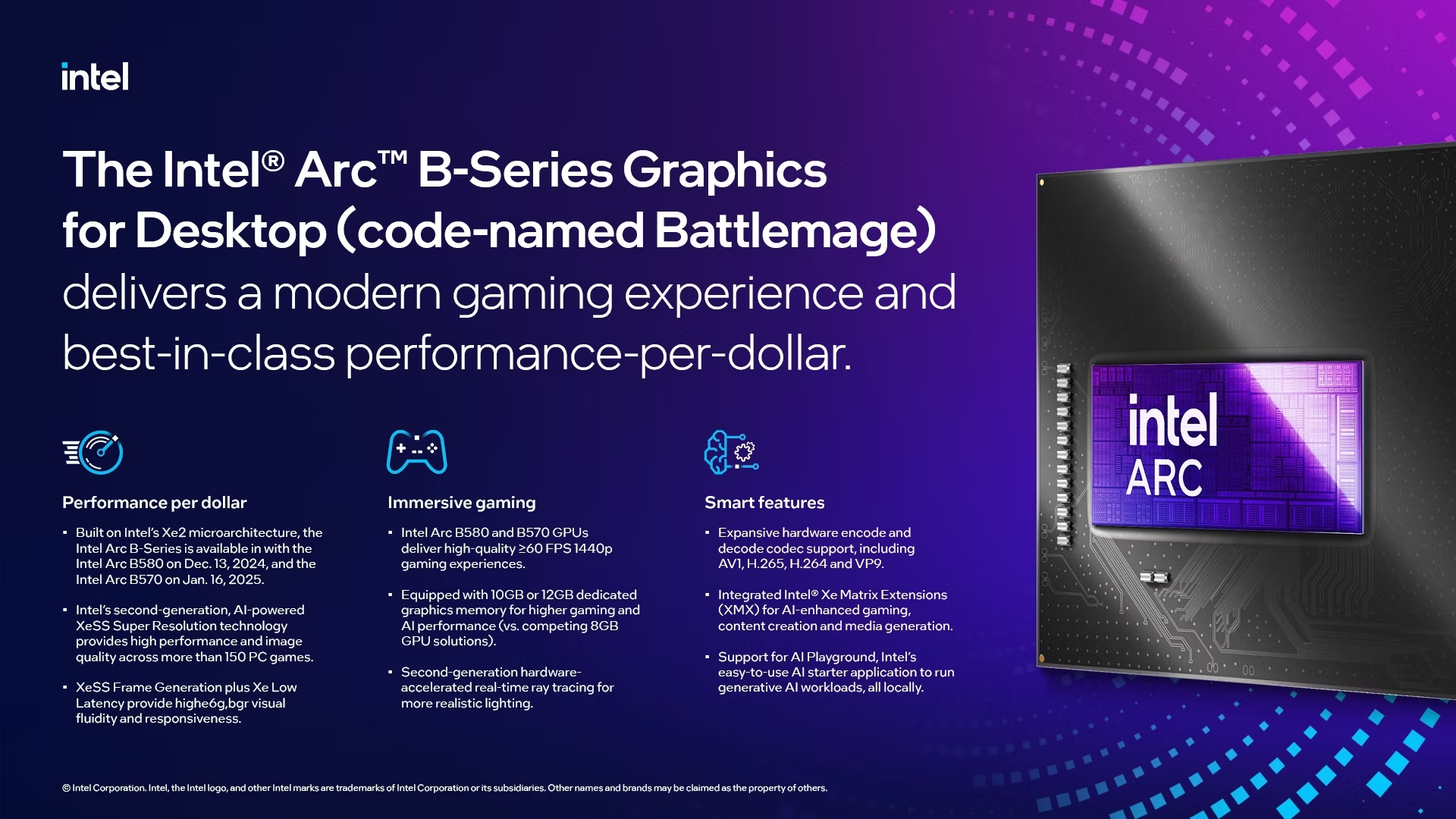
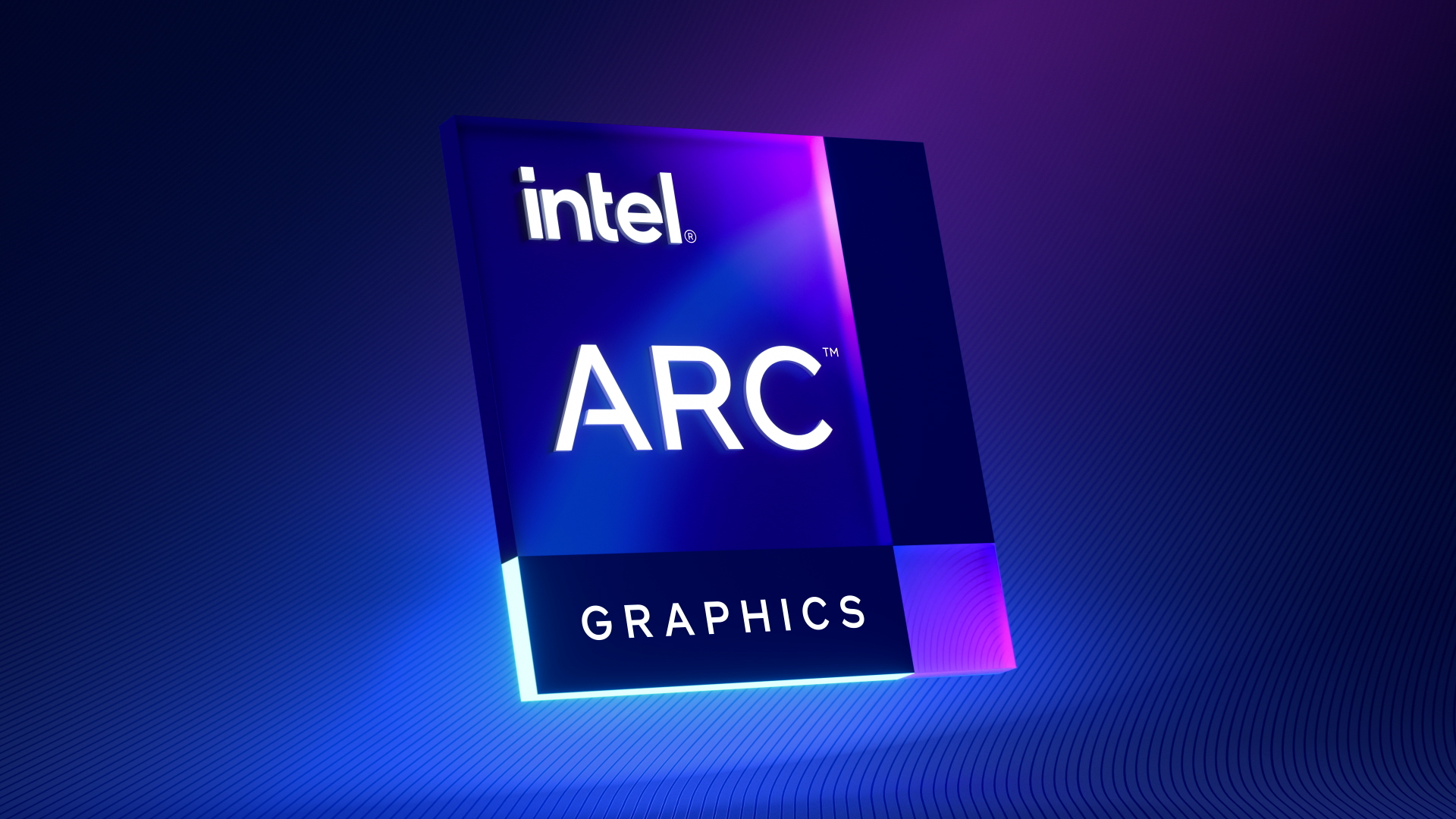


Great information shared.. really enjoyed reading this post thank you author for sharing this post .. appreciated
You’re welcome.
I truly appreciate your technique of writing a blog. I added it to my bookmark site list and will
I like the efforts you have put in this, regards for all the great content.
I am truly thankful to the owner of this web site who has shared this fantastic piece of writing at at this place.
very informative articles or reviews at this time.